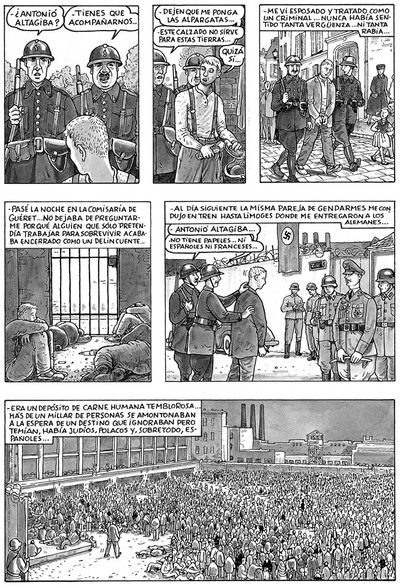

It is, however, a “laborious” commitment in which “you can spend hours on a sentence and even on a word,” adds Ana Bustelo.

In times so focused on labels and the self,” she says, “I like to think that translators are sometimes able to achieve that communion.”

Authors such as Alfred Döblin and Siegfried Lenz or more contemporary ones such as Ingo Schulze, Julia Franck, Saša Stanišić, Yoko Tawada and Anne Weber, among others. She is a lecturer and researcher at the University of Salamanca, and thanks to her, we can read the works of classic German authors in Spanish. As custodians of the universe of The Thousand and One Nights, the Divine Comedy, Chekhov’s stories, Crime and Punishment or Madame Bovary, translators not only change the language of literature, but they also interpret and help us to understand other times and other realities.īelén Santana says that the last Straelen Translation Prize winner, Adan Kovacsics, explained it as follows: “To translate is to sense, and sometimes even to experience, that there is a language common to all people, and that is the only reason why translation is possible”. Of course, at the very least, the world would become much smaller. A specialist in comparative literature and translation theory, the philosopher George Steiner used to say that “without translation, we would inhabit provinces bordering on silence”.


 0 kommentar(er)
0 kommentar(er)
